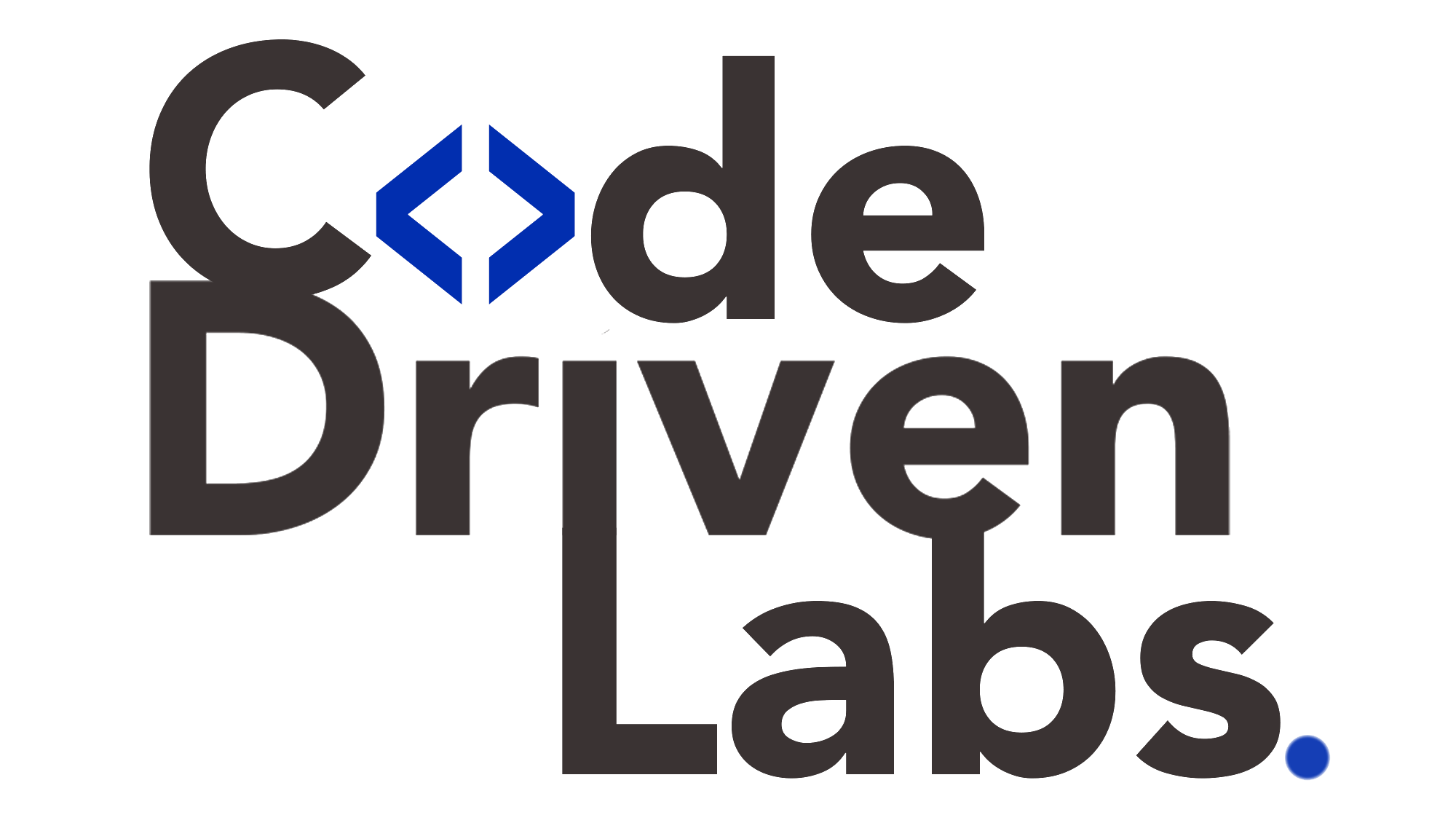Level up your business with US.
- Home
- How AI-Powered Analytics Enhance Website Performance and User Engagement
How AI-Powered Analytics Enhance Website Performance and User Engagement
September 12, 2025 - Blog
How AI-Powered Analytics Enhance Website Performance and User Engagement
In today’s hyper-competitive digital ecosystem, a website is more than just an online presence—it’s the gateway to customer interaction, brand perception, and revenue generation. However, simply launching a website is not enough. The key to success lies in website performance and user engagement. Businesses must ensure that their websites load quickly, deliver seamless navigation, and keep users engaged throughout their digital journey.
This is where AI-powered analytics are transforming website development. By leveraging artificial intelligence to monitor, analyze, and predict user behavior, businesses can enhance performance metrics while creating personalized, engaging experiences. Combined with code-driven labs, which provide automated testing and validation, companies can confidently deploy websites that are not only optimized for performance but also scalable and secure.
In this blog, we’ll explore how AI-powered analytics enhance website performance, boost engagement, and why code-driven labs are crucial in making these transformations a reality.

The Growing Importance of Website Performance and Engagement
A slow or poorly optimized website can cost businesses dearly. Research shows that:
-
53% of mobile users abandon a site if it takes longer than 3 seconds to load.
-
A 1-second delay in page load time can result in a 7% reduction in conversions.
-
Websites with higher engagement metrics (time on site, interactions, click-through rates) enjoy better SEO rankings and customer loyalty.
User expectations in 2025 are higher than ever. Visitors demand lightning-fast websites, intuitive navigation, personalized content, and seamless cross-device experiences. Meeting these expectations requires real-time insights into both performance and behavior—something only AI-driven analytics can provide effectively.
What Are AI-Powered Analytics?
AI-powered analytics combine machine learning, natural language processing (NLP), and predictive algorithms to provide deeper, actionable insights into website data. Unlike traditional analytics, which simply report on past behavior, AI analyzes patterns, trends, and anomalies to predict future outcomes and recommend proactive improvements.
Key features include:
-
Real-Time Performance Monitoring
AI tracks metrics such as page load speed, server response time, and resource utilization in real time, identifying bottlenecks before they affect users. -
Predictive Analytics
Machine learning models forecast user behavior, such as the likelihood of a bounce or conversion, enabling businesses to take corrective action proactively. -
Behavioral Insights
AI maps user journeys, identifying common drop-off points and engagement hotspots. This helps optimize content and design. -
Personalization Engines
AI uses data to deliver personalized content recommendations, product suggestions, and tailored calls-to-action (CTAs). -
Anomaly Detection
Instead of waiting for performance crashes, AI alerts developers to unusual spikes in traffic, errors, or downtime. -
Sentiment and Engagement Analysis
By analyzing text, clicks, and interactions, AI understands user sentiment and improves content engagement strategies.
Enhancing Website Performance with AI-Powered Analytics
1. Faster Load Times
AI analyzes server response times and caching strategies, recommending optimizations such as image compression, lazy loading, or content delivery network (CDN) adjustments.
2. Proactive Error Resolution
Instead of waiting for users to report bugs, AI detects anomalies like broken links, slow scripts, or security loopholes and suggests fixes in real time.
3. Intelligent Traffic Management
AI predicts traffic surges (e.g., during sales or events) and allocates resources dynamically to prevent crashes.
4. SEO Optimization
AI identifies technical SEO issues—such as crawl errors, missing meta tags, or duplicate content—that affect site performance in search engines.
5. Security and Compliance Monitoring
AI detects suspicious activities, such as bot traffic or unusual login patterns, protecting websites from potential cyber threats.
Driving User Engagement with AI-Powered Analytics
1. Personalized Experiences
AI tailors web pages for individual visitors based on browsing history, location, and preferences. For example, an e-commerce site may highlight winter clothing for users in colder regions.
2. Dynamic Content Recommendations
By analyzing behavior patterns, AI suggests relevant articles, videos, or products, keeping users engaged and reducing bounce rates.
3. Optimized Navigation
AI tracks user journeys to refine website layouts, ensuring that key content is easier to find.
4. Conversational Interfaces
AI-powered chatbots provide real-time assistance, increasing engagement and reducing frustration.
5. Conversion Funnel Optimization
AI pinpoints exactly where users drop off in the sales funnel and suggests design or content changes to improve conversions.
6. A/B Testing at Scale
AI accelerates experimentation by automatically testing multiple variations of web pages and identifying which drives better engagement.
Challenges in Leveraging AI-Powered Analytics
Despite its benefits, implementing AI-powered analytics has challenges:
-
Data Overload: Businesses may struggle with vast volumes of website data.
-
Privacy Concerns: Collecting and analyzing user behavior must comply with GDPR, CCPA, and other data protection laws.
-
Integration Complexity: Legacy websites may not easily support AI tools.
-
Cost and Expertise: Setting up advanced AI systems requires investment and skilled teams.
This is where code-driven labs become essential to ensure that AI-powered solutions are reliable, scalable, and secure.
How Code-Driven Labs Help
Code-driven labs are automated, controlled environments that enable developers to test, validate, and optimize websites using AI-driven insights. Here’s how they complement AI-powered analytics:
1. Automated Testing of Performance Enhancements
When AI recommends optimizations (e.g., caching strategies, image compression), code-driven labs test these changes across devices, browsers, and networks to ensure performance improvements are consistent.
2. Real-World Simulations
Labs simulate real-world conditions like peak traffic, poor network connectivity, or regional restrictions, ensuring AI-optimized websites perform well everywhere.
3. Continuous Integration and Deployment (CI/CD)
AI insights must be quickly applied. Labs integrate with CI/CD pipelines, allowing updates to be deployed rapidly while minimizing risks.
4. Scalability Testing
Code-driven labs stress-test websites to validate whether AI’s traffic predictions hold true under heavy load conditions.
5. Security and Compliance Checks
Labs test AI-powered features for vulnerabilities and verify compliance with data protection standards.
6. Validation of AI Models
Since AI models improve with data, labs provide controlled spaces for retraining and validating models, ensuring predictions remain accurate and unbiased.
7. Faster Feedback Loops
By automating testing and monitoring, labs shorten feedback cycles, ensuring AI-driven enhancements are deployed faster and more reliably.
Business Benefits of AI + Code-Driven Labs
-
Improved Reliability: Websites are validated under real-world scenarios.
-
Enhanced User Trust: Secure, personalized, and error-free experiences build brand loyalty.
-
Faster Time to Market: Automation reduces delays in implementing AI-driven improvements.
-
Reduced Costs: Continuous testing minimizes downtime and customer complaints.
-
Competitive Advantage: Businesses with AI-powered analytics deliver superior performance and engagement compared to rivals.
The Future of AI-Powered Website Analytics
Looking ahead, AI will play an even greater role in website optimization:
-
Predictive Personalization: Websites will anticipate user needs before they are expressed.
-
Voice and Visual Analytics: AI will optimize websites for voice interactions and visual search.
-
Deeper Emotion Recognition: AI will analyze sentiment through tone, facial expressions, or interaction patterns to deliver empathetic experiences.
-
Automated SEO: AI will handle end-to-end SEO tasks, from content optimization to technical adjustments.
-
Integration with IoT: Websites will communicate seamlessly with connected devices, providing richer user engagement.
Businesses that leverage AI-powered analytics combined with code-driven labs will lead this evolution, offering secure, fast, and engaging digital experiences.
Conclusion
In 2025 and beyond, success in the digital space is no longer about having a functional website—it’s about having a high-performing, user-focused, and intelligent website. AI-powered analytics empower businesses to not only monitor but also predict and optimize performance and engagement at scale.
Yet, the true potential of AI is only realized when paired with robust testing and validation. Code-driven labs ensure that AI-driven insights are implemented securely, reliably, and effectively, giving businesses the confidence to innovate at speed.
By combining the predictive power of AI with the reliability of code-driven labs, companies can build websites that are not just responsive to user behavior but also proactive in shaping it—ultimately driving better engagement, loyalty, and growth.
